Features
#EyeEmAwards18: Photojournalism Tips from VII Photo Agency's Linda Bournane Engelberth
By Marili Persson - 4 min read
Linda Bournane Engelberth from VII Photo Agency, is a Norwegian–Algerian artist based in Oslo and Berlin, and part of this year's EyeEm Awards jury. We sat down with her to talk about her most recent projects, her best photography tips for a novice, and what she's looking for when judging works submitted to this year's Awards category, 'The Photojournalist'.
Images are increasingly important vehicles through which to represent and understand reality. The Photojournalist category attests to the power of visual storytelling in our image-oriented world, and invites you to share different perceptions of humanity in all its facets.

VII Photo Agency, our partner for this year’s Photojournalist category, is a storied photo agency founded a few days before 9/11 to challenge the convergence in the photography business. When the trend for giant companies swallowing smaller independent agencies started, photographer-owned VII went small, believing in the power and energy of collective effort when everyone else seemed to be going big and corporate. VII remains a disruptive and innovative business unafraid to swim against the prevailing currents.
Amplifying local voices and addressing the complex political, environmental, and social questions facing families everywhere, VII places great value in the power of images to tell important stories. The members of VII are motivated by issues and are proud to elevate those issues above the cult of the image or the cult of the photographer. We sat down with VII’s photographer and EyeEm Jury Member Linda Bournane Engelberth, to discuss what photojournalism means to her and what she’s looking for from submissions.
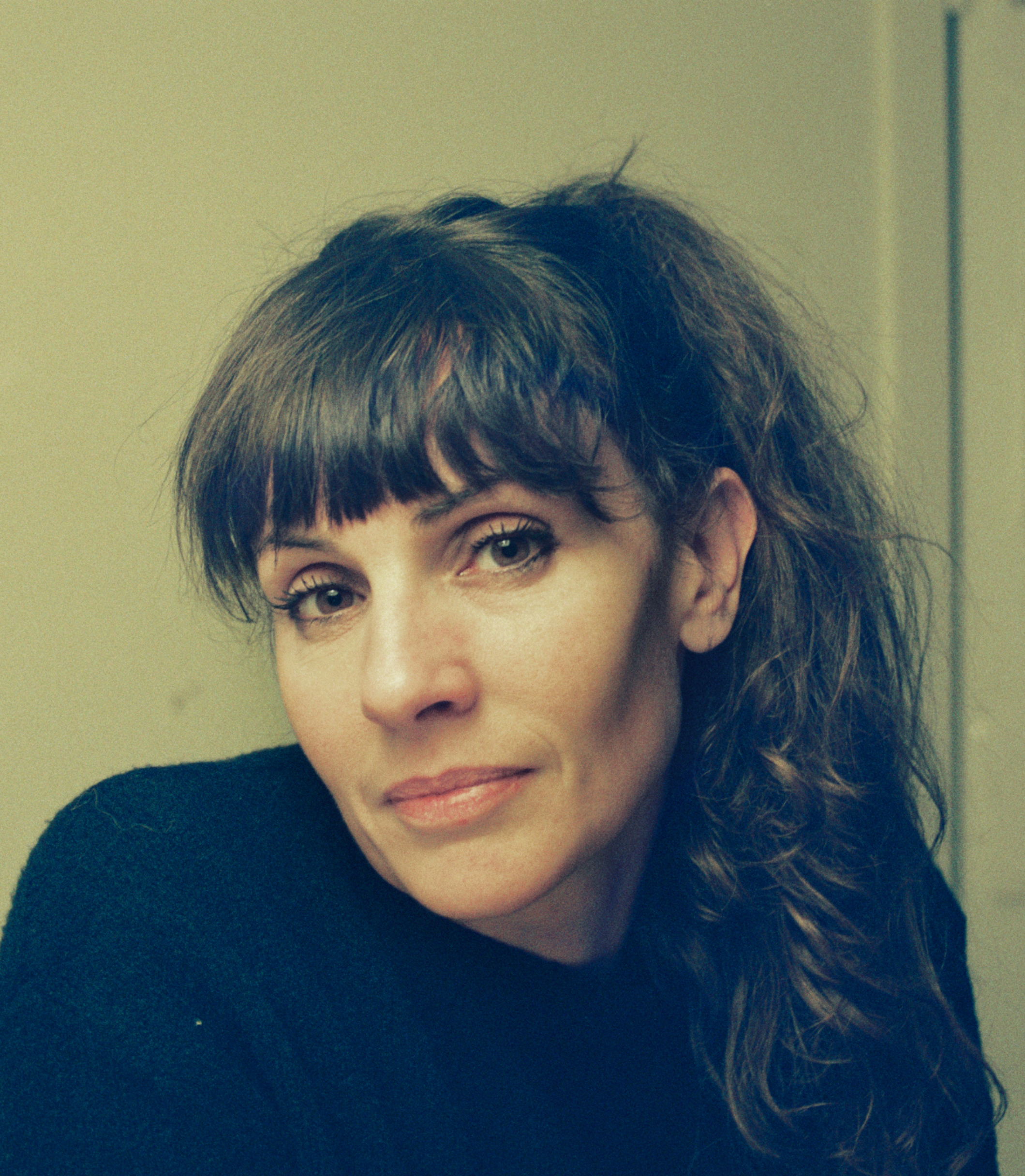
How did your interest for photography come about, and what’s your relationship with photography today?
When I was 18 years old, I went on a holiday to Mexico and ended up staying there for two and a half years. At one point, I was living with a Dutch photographer and she inspired me to get a camera. After acquiring one at the Mexican black market, I started to do street photography. I fell in love with photography in Mexico, and it made me go home to Norway to study it further. Today I focus on certain political issues or personal stories that I consider are important.


What is it about photojournalism that inspires you?
In our time we are overexposed to photos through social media like Instagram and Facebook. Many editors send their writers on assignments and ask them to take a picture or two while they are there. It makes the impression that anyone can be a photographer. I am inspired by photojournalists that commit to their stories and make images that really convey the essence of the moment and the overall theme.
“I am inspired by photojournalists that commit to their stories.”
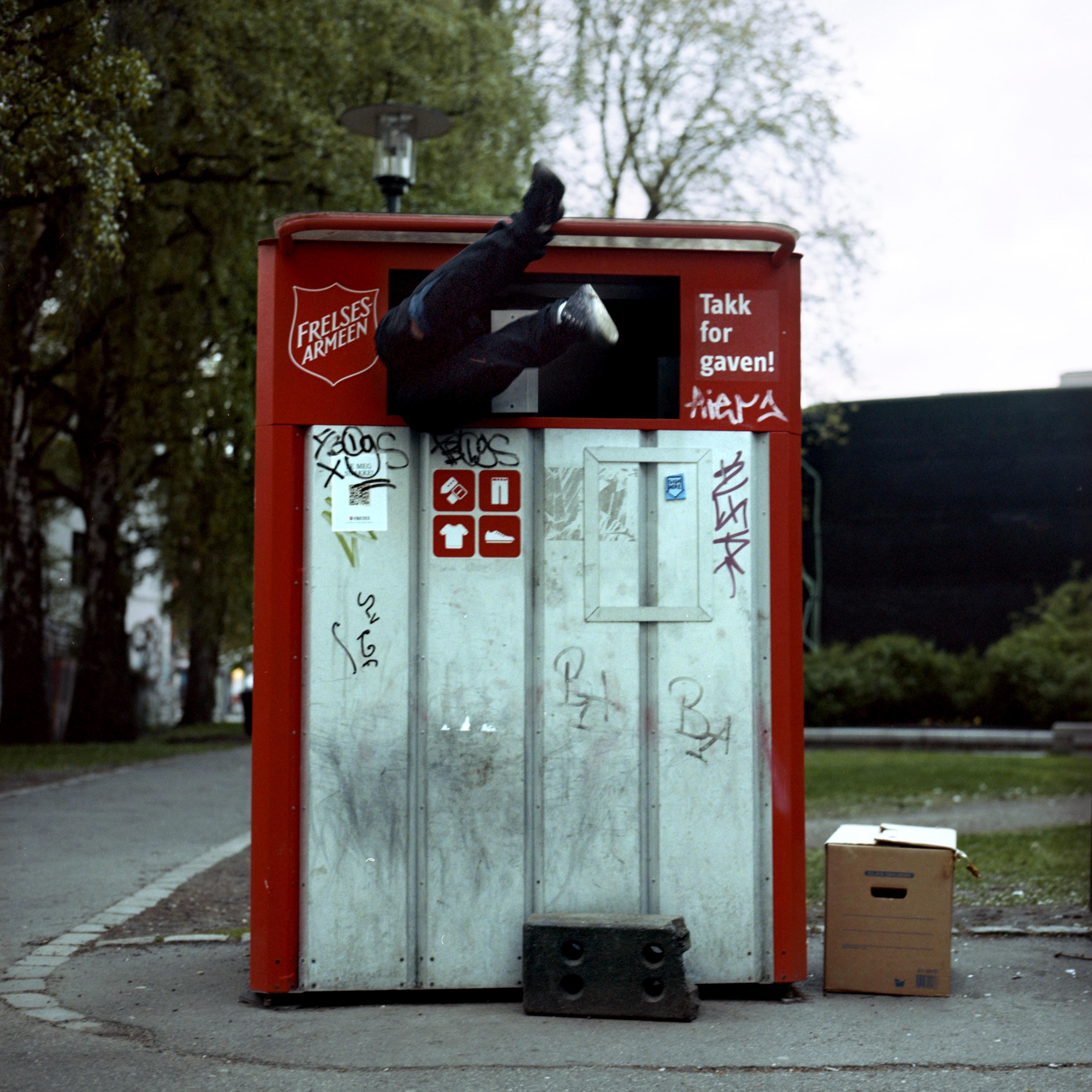
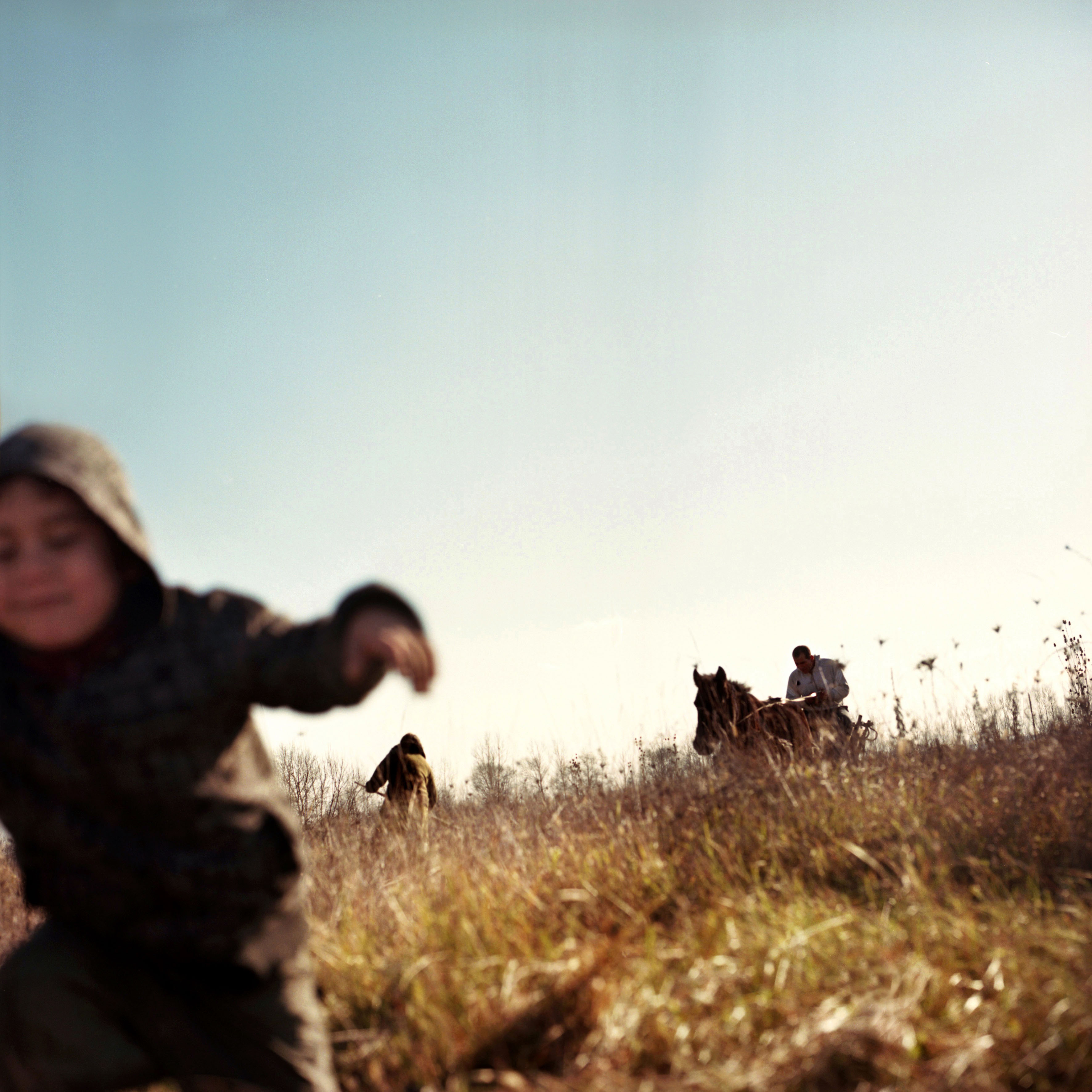
Your work focuses on identity through personal and subjective narratives. Can you tell us a bit about this? How did your style develop?
I have always been interested in relationships between people and the psychological structures of a human being. I am interested in how we all connect with each other. Imagine if you remove religion, class, ethnicity and other such influences. If you take away all of it and go into the basics of being human, then we are all very similar. We have the same need for love and protection. We take care of our families and so on. I like to investigate this proposed uniformity in a world where politics and media only contribute to the general culture of fear and conflict. One of my recent stories focus on my own family background as a Norwegian-Algerian.

I think in general all photography is subjective, even if you are photographing in a situation of war. All of your experiences in life make up the photographer you are, and what you choose to frame and where you will put your attention. The way you approach people with your camera is very personal, it’s sort of an intimate moment. The magic of photography is that the audience gets to discover the world through the eyes of somebody else.
“The way you approach people with your camera is very personal.”
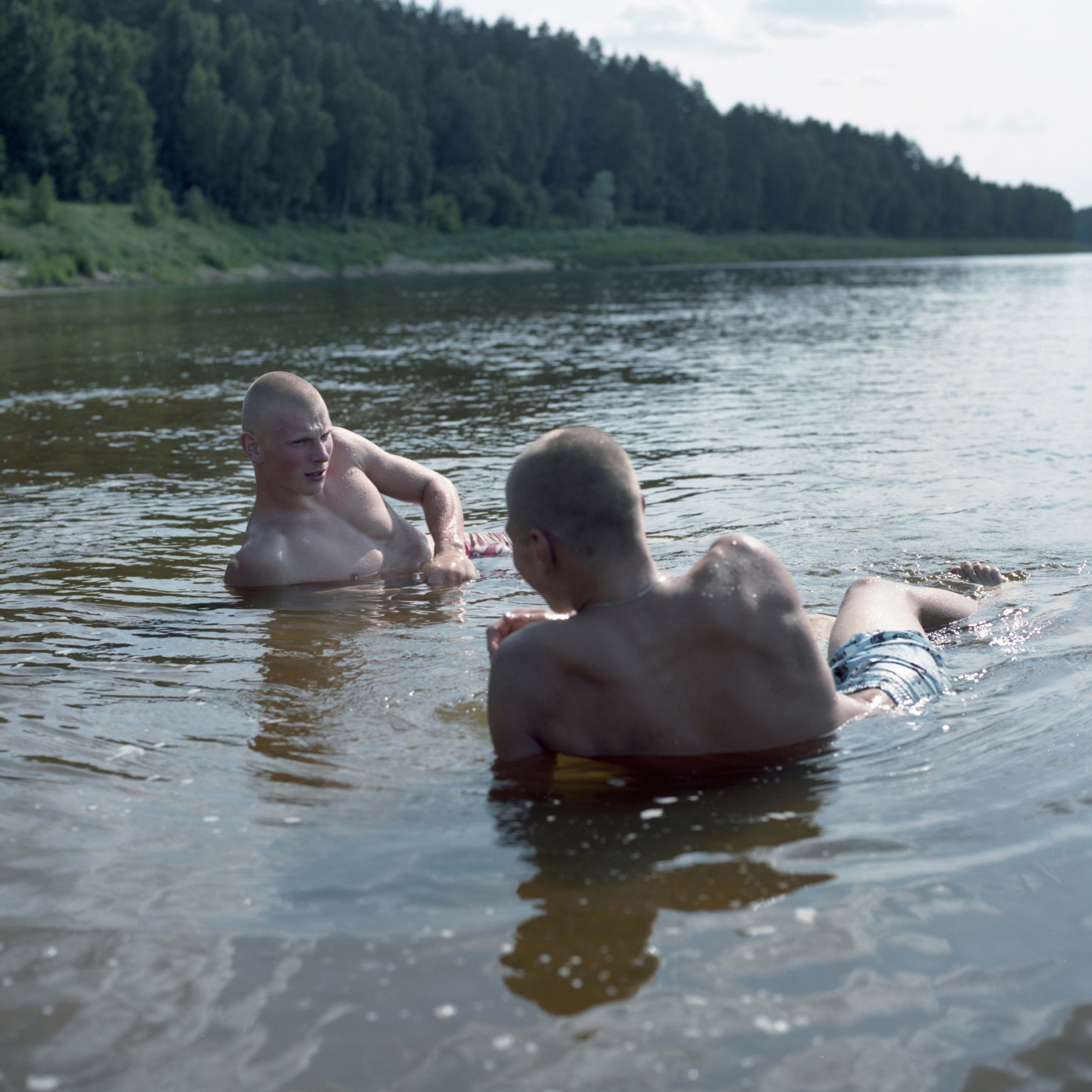
What are some of your favourite projects that you’ve completed and why?
At the moment I’m working on a long-term project about people that identify as non-binary. I am passionate about projects that teach me something new and help me develop as a human being. They are also projects that often help me gain new perspectives on the lives of the people I meet.
The project I made about the Roma-People in Norway was a very important project. I had never gone into such depths before and it truly made me push through my own boundaries. I learned how much of an understanding I could gain and how dedicated I can be as a photographer. This also helped me to understand how complicated and difficult the lives of the people I was photographing were.
“The magic of photography is that the audience gets to discover the world through the eyes of somebody else.”

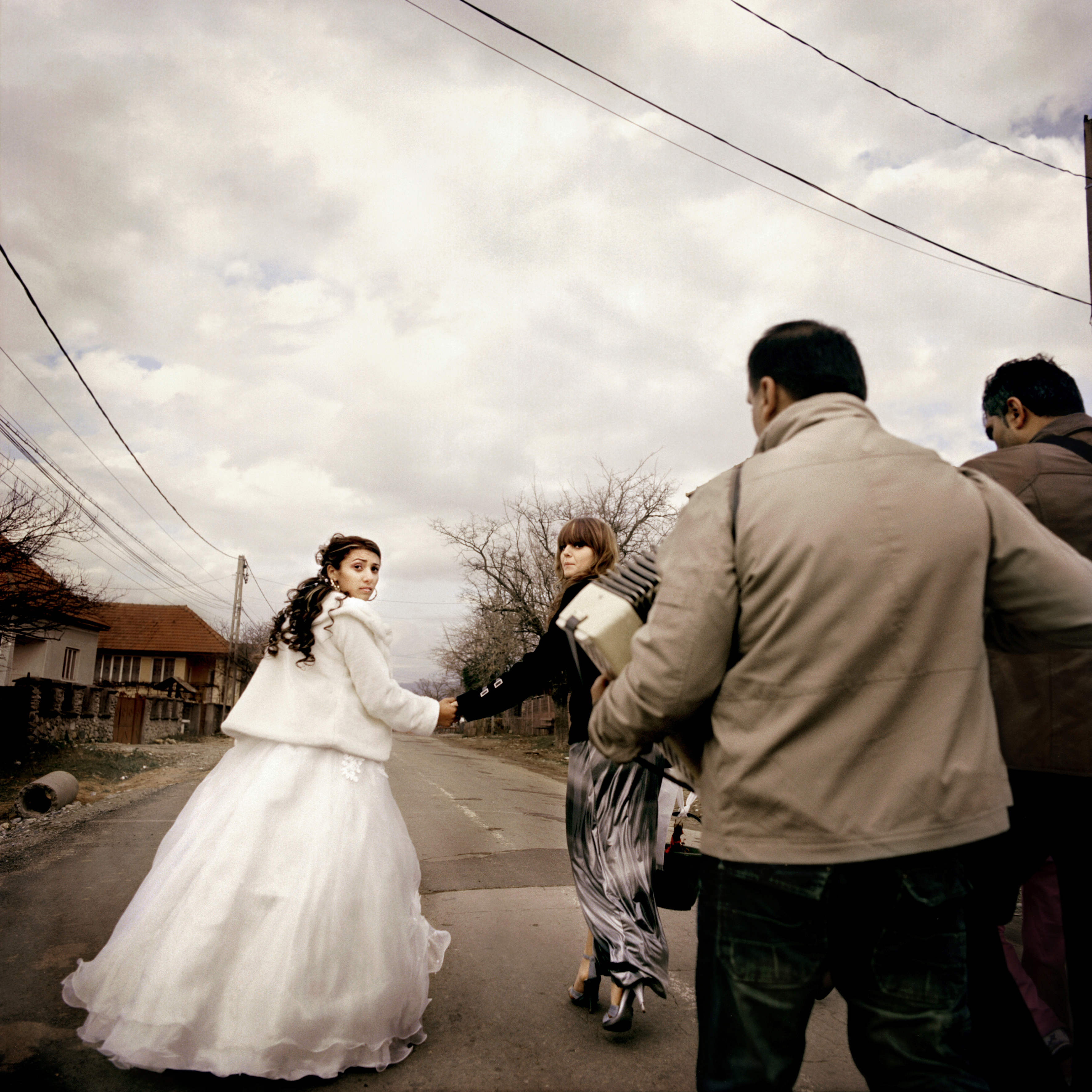
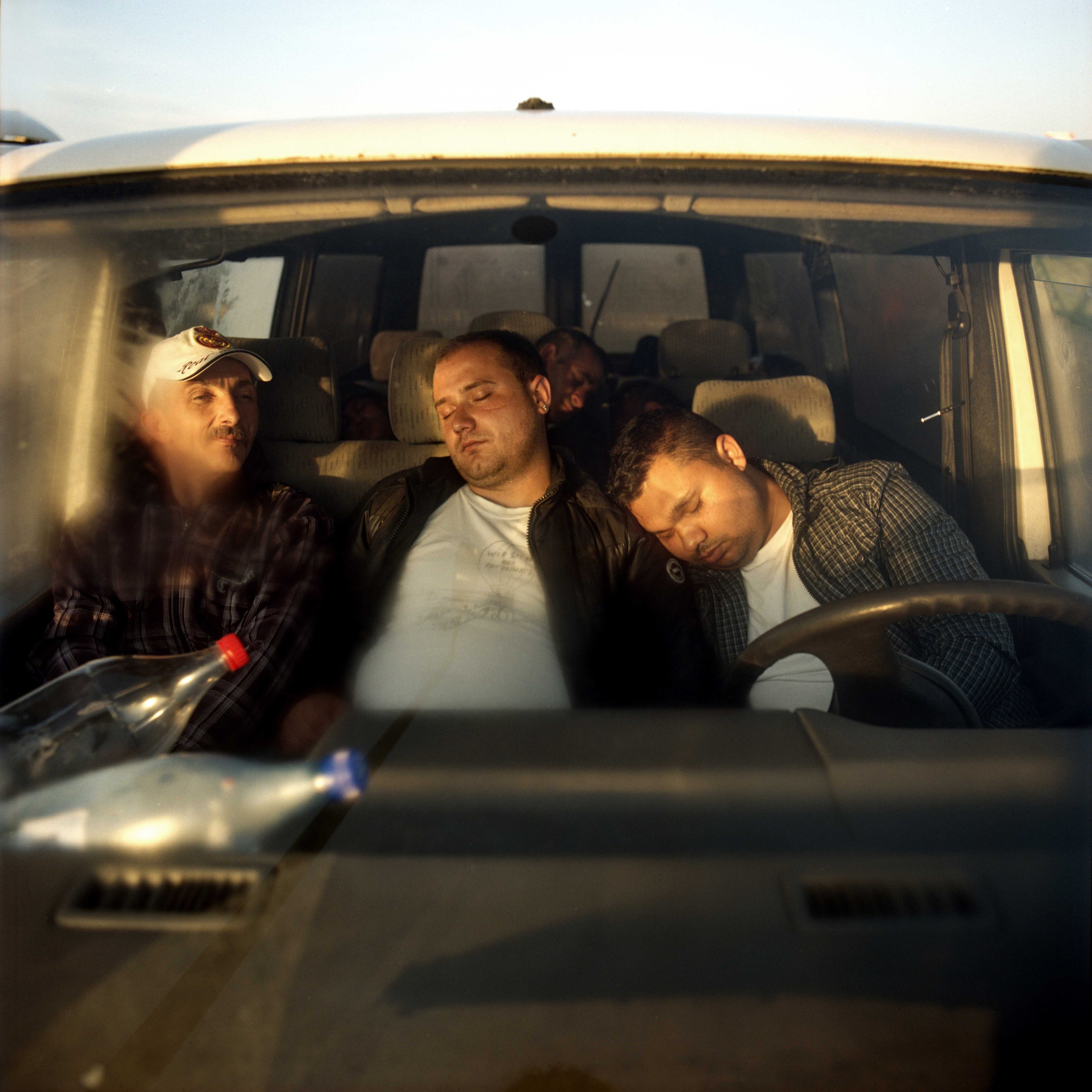
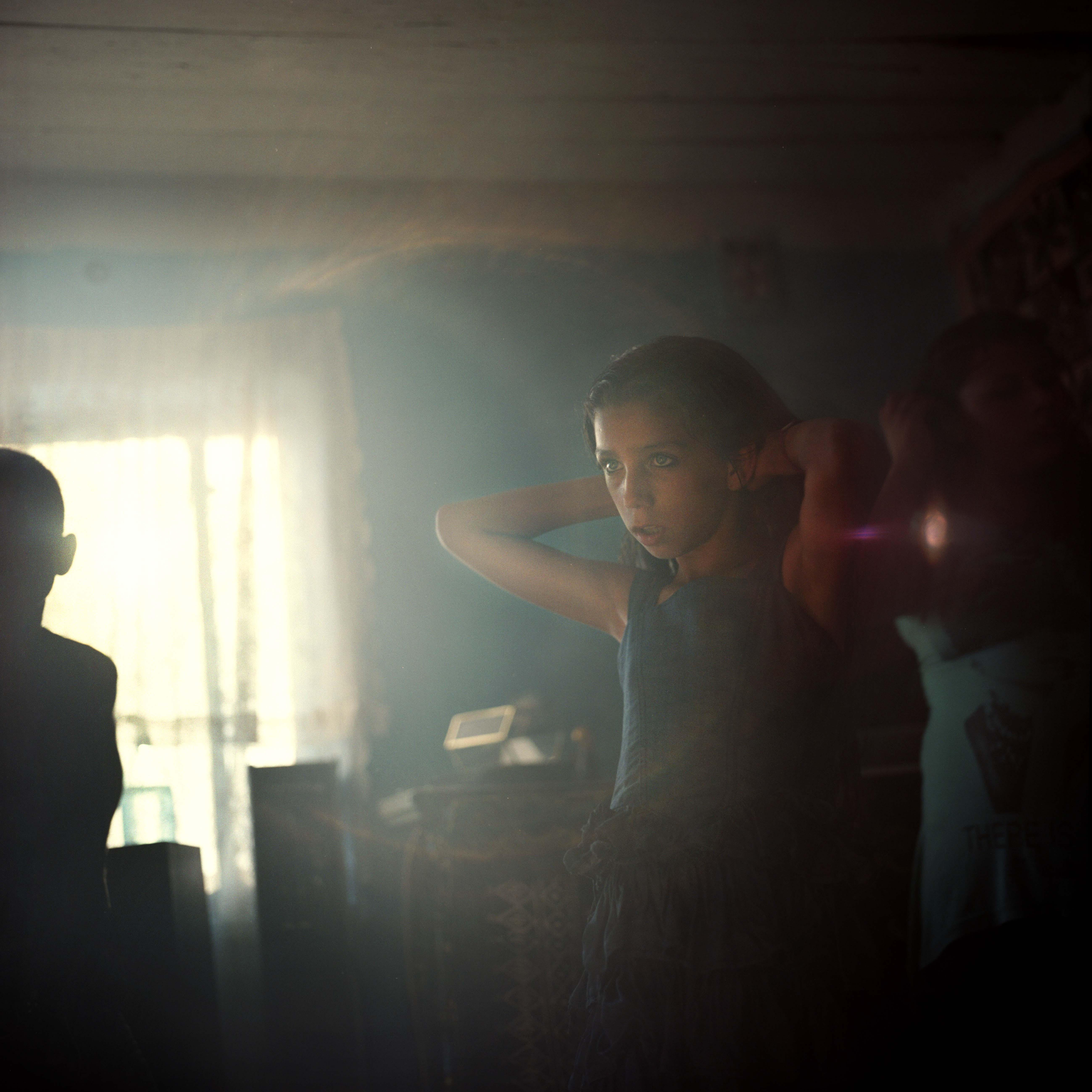

What are you having an outlook for in new talents?
It’s important that the photographer is able to tell stories and look at the world in a new light. Photographers that present stories with their own photographic voice and experiment with their approach are the ones that I always remember. I like photos that make the viewer ask questions instead of giving all the answers right away.
What’s the last photographic work that really inspired you?
I recently stumbled upon an amazing photo book by Zachary Drucker and Rhys Ernst, called Relationship. They are photographing each other while transitioning into opposite genders. They have also created a TV-series called Transparent and its one of my favourite shows.

What do you in particular look for when judging works submitted to the 2018 EyeEm Awards category The Photojournalist?
I’m hoping to see the new voices in photography that are exploring something new or telling stories that are personally engaging and moving.
What are your best photography tips for a novice?
My best advice as a photographer and teacher is to practice working with light. Photography means painting with light and it’s the most important tool you have! Watch movies and pay attention to what kind of light is being used or watch how the light outside falls differently on people’s faces as you move around. Find your favourite kind of light and apply it to a whole project. When you become aware of the light you use and have, you will become a much better photographer.
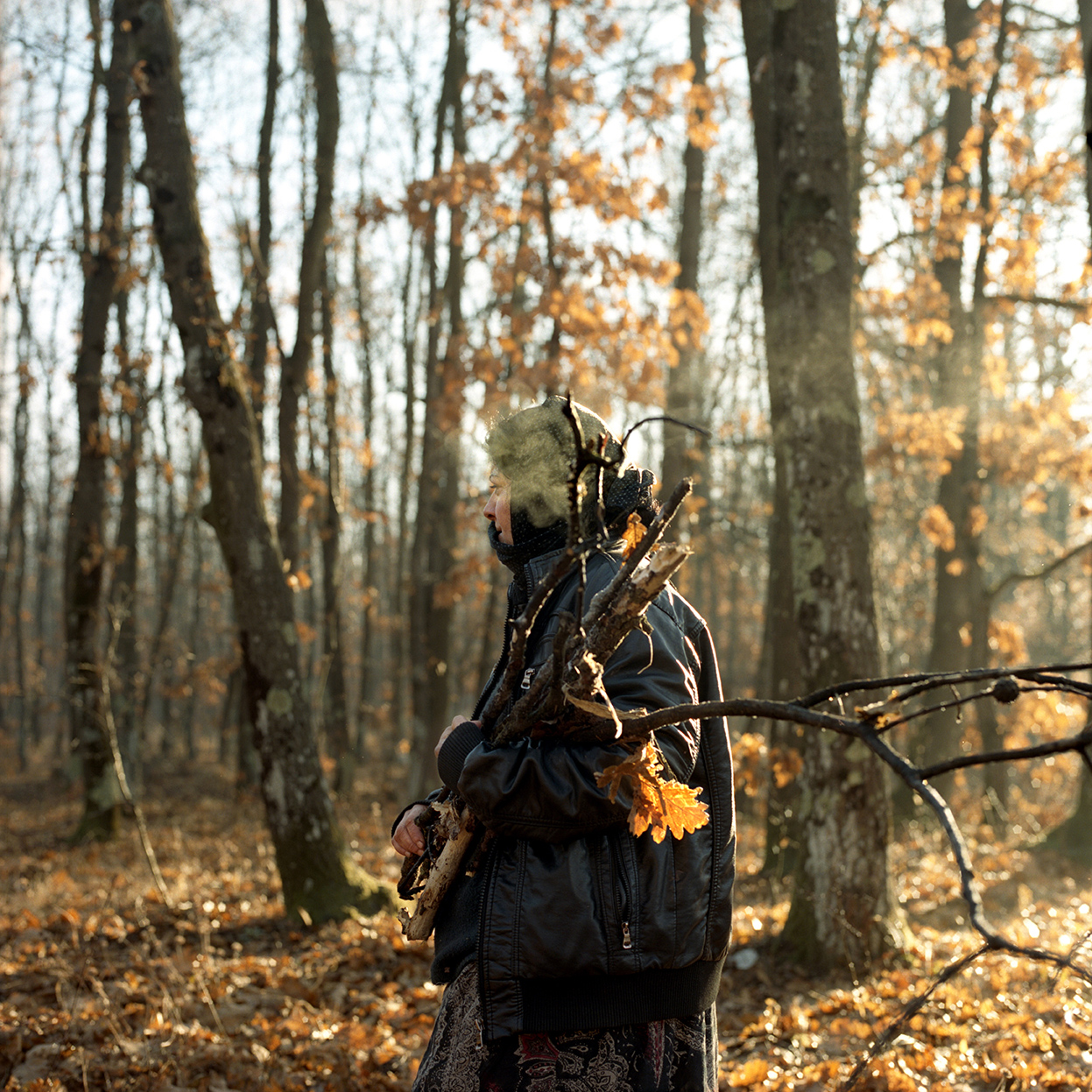
Images are increasingly important vehicles through which to represent and understand reality. Show us different perceptions of humanity in all its facets, enabling us to share important stories across the globe. Click here to submit your work to The Photojournalist.
